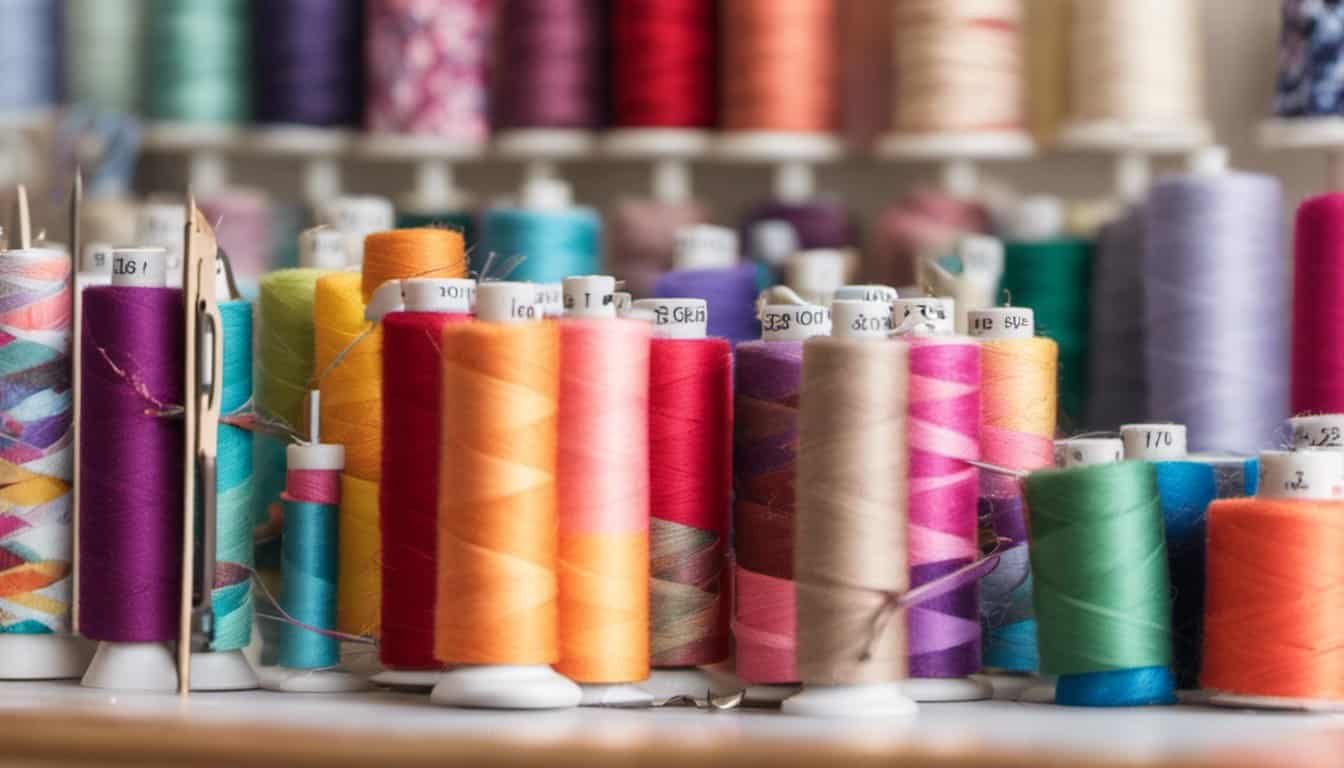Ever found yourself staring at your sewing machine, wondering what all those dials and buttons are for? You’re not alone. Whether you’re a beginner or a seasoned pro, getting your sewing machine settings just right can make a world of difference in your projects.
From stitch length to tension adjustments, each setting plays a crucial role in ensuring your fabric flows smoothly under the needle. Let’s unravel the mystery behind these settings so you can sew with confidence and precision.
Understanding Your Sewing Machine Settings
Getting the settings right on your sewing machine can greatly impact the quality of your sewing projects.
The Importance of Correct Settings
Correct settings ensure that your stitches are even and precise. Misaligned settings can cause skipped stitches, thread bunching, or fabric puckering. Knowing how to adjust your machine helps achieve professional results and prevents damage to your fabric and machine.
- Stitch Length
- Adjust stitch length based on the fabric type and project requirements. For example, a typical setting for medium-weight fabric is 2.5 mm. Shorter stitches (1-2 mm) are ideal for delicate fabrics, while longer stitches (3-4 mm) suit heavyweight fabrics.
- Tension
- Proper tension prevents thread breakage and uneven stitching. A balanced setting ensures both the top and bottom stitches are even. Consult your sewing machine’s manual for default settings and adjust as needed, making small changes and testing on scrap fabric.
- Stitch Width
- Stitch width controls the breadth of zigzag and decorative stitches. For straight stitching, this is typically set to 0. Increase width for zigzag stitches, usually up to 5 mm, depending on the design and fabric.
- Needle Position
- Adjust the needle position for different types of stitching, such as edge stitching or topstitching. Center position is default, but moving the needle left or right can provide better control for specific tasks.
- Presser Foot Pressure
- Modify the presser foot pressure to ensure smooth fabric feeding. Higher pressure is ideal for lightweight fabrics, lower for thicker materials. Check your manual for adjustment instructions.
- Feed Dogs
- Engage or disengage feed dogs based on your sewing technique. Raised feed dogs pull fabric through, useful for regular sewing. Lower or disengage for free-motion quilting or embroidery.
Adjusting Stitch Length and Width
To ensure your sewing projects turn out professionally, adjust the stitch length and width based on the type of fabric and project requirements. Fine-tuning these settings helps achieve even and precise stitches and enhances the overall quality of your sewing.
When to Use Long Stitches
Use long stitches for basting, gathering fabric, or sewing thick materials. Basting may involve a stitch length of 4-5 mm to temporarily hold fabrics together. Gather fabric with a stitch length set between 3-5 mm, depending on how tightly the fabric needs to gather. When working with thick materials like denim, a longer stitch length between 3-4 mm facilitates smoother sewing and prevents fabric bunching.
When to Adjust Stitch Width
Adjust stitch width when sewing zigzag stitches, buttonholes, or decorative stitches. Zigzag stitches typically range from 2-5 mm in width; use a wider setting for more prominent seams or edge finishes. For buttonholes, select a stitch width usually between 3-4 mm to ensure the button fits snugly. Decorative stitches often require wider settings, up to 7 mm or beyond, to create bold and noticeable patterns on your fabric. Test stitches on a fabric scrap to verify the width setting matches your project’s needs.
Tension Settings Explained
Correct tension settings are essential for good sewing results. This section explains tension and offers tips for perfect tension adjustment.
How Tension Affects Your Sewing
Tension determines thread balance. Proper tension ensures that stitches lie flat on the fabric without puckering or looseness. If tension is too tight, the thread might snap, causing skipped stitches. Conversely, if tension is too loose, loops form on the underside. Testing tension on a fabric scrap before starting your project can help.
- Consult Your Manual: Refer to the sewing machine manual for tension guidelines specific to your model. Most machines have a numerical dial to adjust tension.
- Thread Quality: Use good-quality thread for consistent tension. Poor-quality thread often disrupts tension balance.
- Fabric Type: Adjust tension based on fabric. Heavier fabrics usually need tighter tension; lighter fabrics need looser tension.
- Test Stitches: Sew a test line on a fabric scrap similar to your project material. Adjust until stitches are balanced.
- Regular Cleaning: Keep the machine clean. Dust and lint can affect tension mechanisms.
Following these tips ensures your tension settings produce neat, even stitches, enhancing your sewing experience.
Choosing the Right Needle and Thread
Selecting the appropriate needle and thread for your project is essential for smooth and successful sewing.
Matching Needle and Fabric Type
Choose the correct needle based on your fabric type. For lightweight fabrics like silk or chiffon, use a fine needle such as a 60/8 or 70/10. Medium-weight fabrics like cotton or linen require a universal needle size 80/12. Use a heavier needle like 90/14 for thick fabrics like denim or canvas. Each needle type matches specific fabric, ensuring optimal performance.
Thread Types and Their Uses
Understanding thread types helps in achieving the best sewing results. Cotton threads work well with natural fabrics like cotton or linen. Polyester threads offer strength and elasticity, suitable for most fabrics including knits and synthetics. Silk threads are ideal for delicate fabrics and professional finishes. Each thread type has unique properties, ensuring compatibility with your fabric and needle choice.
Special Features and How to Use Them
Sewing machines come with various special features that can enhance your sewing projects. Understanding how to use these features ensures you get the best results.

Automatic Threader and Cutter
The automatic threader simplifies threading the needle. Align the thread with the guide, pull the lever, and the thread goes through the needle eye. This saves time and frustration, especially with fine threads. For the automatic cutter, press the designated button or pedal. The machine trims the thread with precision, eliminating the need for scissors. Use this feature to maintain clean ends and consistent thread length between stitches.
Decorative Stitches and Attachments
Decorative stitches elevate your projects with professional touches. Select from a variety of stitches using the machine’s dial or digital interface. Test stitches on fabric scraps to ensure the pattern appears as desired. Attachments like quilting feet, rufflers, and embroidery hoops expand your creative options. Install these attachments according to the manual’s instructions, then adjust settings to match the specific attachment type. Experimenting with different combinations lets you personalize garments and accessories with unique designs.
By maximizing these features, you enhance both efficiency and creativity while sewing.
Conclusion
Mastering your sewing machine settings can make a world of difference in your projects. By fine-tuning stitch length, width, tension, and selecting the right needle and thread, you’ll achieve professional-looking results every time. Don’t forget to explore your machine’s special features like automatic threaders and decorative stitches—they can save you time and boost your creativity. Always remember to test your settings on scrap fabric first. With a little practice and experimentation, you’ll be well on your way to sewing success!

















